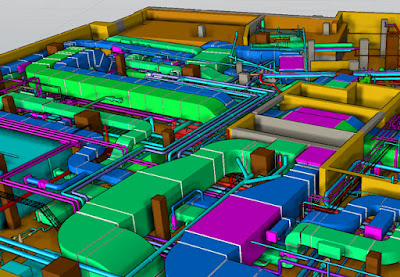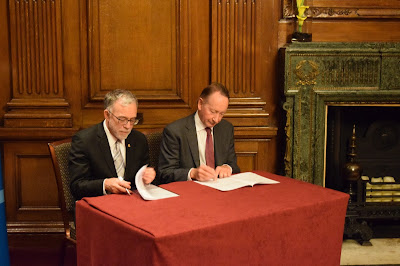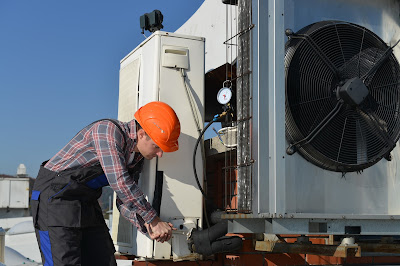Future perfect
Last week's #Build2Perform blog 'Back to the future' focussed on the future of Building Services, as told by our 'Are you ready for a digital future?' panel at the Conference and Exhibition. This month's podcast takes a look from another angle - by looking at the past. Principal of Atelier Ten Patrick Bellew and Max Fordham, Founder of Max Fordham LLP , are our speakers. This Month's podcast featured extracts from the CIBSE Building Performance Conference and Exhibition session ' Celebrating Anniversaries & Sharing Aspirations' , featuring Patrick Bellew and Max Fordham, and chaired by Peter Murray of New London Architecture. This session focussed on the history of their two organisations, both industry heavyweights and CIBSE award winners in their own right, and what lessons they have learned over the years. As well as a look at the changes within the industry over the last 50 years, the session also took a look forward into the industr...









